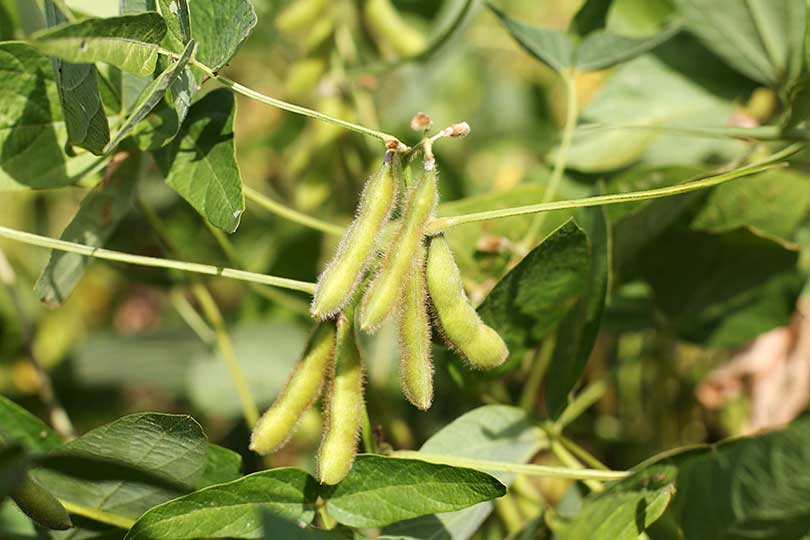By Jessica Domel
Multimedia Editor
Exports of American wheat, soybeans and cotton are forecast higher this month, according to the latest World Agricultural Supply and Demand Estimates Report (WASDE).
This month’s report, released at 11 a.m. today, reveals record ending stocks for wheat, a large soybean crop and less grain sorghum due to sugarcane aphids.
Highlights from the U.S. Department of Agriculture (USDA) report are below.
Wheat
Despite a projected 47 million bushel decline in American wheat supplies this month, ending stocks remain at their largest since the 1980s at 1,139 million bushels.
American wheat exports for 2016/2017 remain strong. They’re forecast up 50 million bushels to 1,025 million, reflecting a strong pace to date.
Wheat for food use is down three million bushels to 960 million bushels this month.
The season average on-farm price is up five cents at the midpoint this month to a range of $3.85 a bushel.
The global wheat supply is forecast down 4.2 million tons this month due to decreases in India and Kazakhstan’s crops.
Global wheat use is up half a million tons due to increases in both feed and residual use that are partially offset by a decrease in food use.
Corn and grain sorghum
Global production for coarse grains like corn and grain sorghum is projected 1.4 million tons higher than last month to 1,329 million.
Mexico corn production is projected to be at a record high due to an increase in planted acres and a lower abandonment rate.
U.S. corn use for food, seed and industrial (FSI) purposes is up this month.
Corn used for ethanol is up 25 million bushels this month to 5,350 million. Non-ethanol FSI use is up 10 million bushels.
Corn ending stocks are down 35 million bushels over last month.
The projected average corn price is down 10 cents at both ends, but the midpoint remains the same at $3.40.
American exports of grain sorghum are down 25 million bushels this month. Officials attribute the decrease to the slow pace of export commitments through January, particularly to China.
The report indicates a projected increase in feed and residual use of grain sorghum that may help offset the decline.
Grain sorghum prices are down 20 cents at the midpoint.
Production globally is predicted to be lower with more farmers choosing to plant corn due to the devastation caused by sugarcane aphids.
Rice
U.S. ending stocks for rice are the highest they’ve been since the mid-1980s.
American exports are down two million hundredweight (cwt.) to 110 million. The decrease is attributed to long-grain milled rice exports.
The 2016/17 all rice season average is up 10 cents (cwt.) at the midpoint to $10.50.
Global rice supplies are up half a million tons, thanks to increases in Thailand and India.
Global use is also up, which has led to a 0.8 million ton reduction in world ending stocks, which are projected to be the largest since 2001/02.
Soybeans
American exports of soybeans are expected to be much higher this year. The February WASDE report projects a 114 million bushel increase to 2,050 million bushels.
The U.S. soybean supply and use projection for 2016/17 remains unchanged with ending stocks at 420 million bushels.
Commitments for soybeans are up significantly over a year ago, but South America remains competitive for U.S. soybeans.
The U.S. season average price is projected to be unchanged at the midpoint at $9.10-$9.90.
Soybean oil and meal prices are also projected to be unchanged at the midpoint. Oil prices are forecast at 34-37 cents per pound. Soybean meal prices are projected at $310-$340 per short ton.
Global soybean production is down 1.2 million tons to 336.6 million due a 1.5 million ton reduction in Argentina’s crop.
Sugar
America’s cane sugar production is projected down 72,803 short tons, raw value (STRV) this month due to less acreage with lower yields in Florida.
U.S. exports for the year are projected at 75,000 STRV.
Beet sugar deliveries remain strong for the first quarter while cane sugar deliveries are far below trend.
Livestock, poultry and dairy
The total red meat and poultry production forecast for 2017 was lowered in this month’s WASDE report due to lowe

